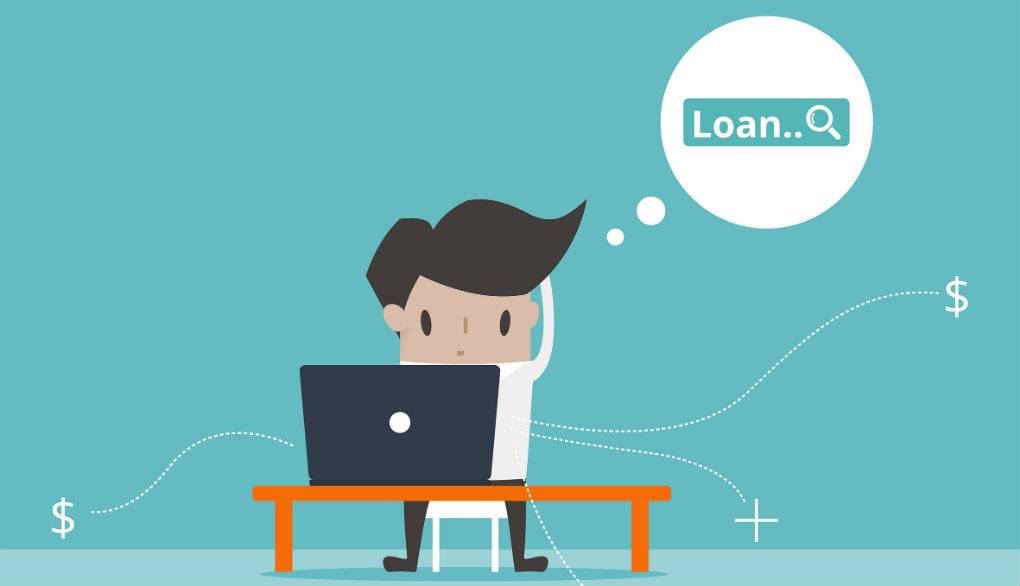Although there are many different types of loans out there, they all fall into two categories: secured and unsecured. Understanding the key differences between these loans helps illustrate the pros and cons they each possess to give you a better understanding of the type of loan that’s ideal for you. In general, no matter what type of loan you want to apply for, it’s a good idea to start out by checking your credit report to assess your credit score and identify any mistakes.
If you see a mistake on your credit report, alert the three main credit bureaus (Experian, TransUnion, Equifax) to have the error corrected. Once you have a firm grasp of your own creditworthiness, start shopping around to compare interest rates, origination fees and loan terms to find the secured or unsecured loan that most effectively meets your needs.
What Is a Secured Loan?
Secured loans tend to come with lower interest rates and higher borrowing limits because they represent less risk for the lender. These loans also often offer longer repayment terms, which makes it easier to work them into your budget. Common types of loans include secured personal loans and secured loans to buy a home or a vehicle.
Secured Loan Definition
Secured loans allow you to “secure” your financing because you provide collateral to the lender; the lender has something of value that can effectively serve as repayment should you default on your loan. The type of collateral you might offer for these loans varies from homes and automobiles to stocks and bonds, depending on the type of loan you seek. Common types of secured loans include:
- Mortgages and home equity lines of credit
- Car loans
- Boat loans
- Recreational vehicle loans
In each type of loan, the bank or lender holds the title to the asset until you pay off the loan in full. If you fail to make payments according to the terms of the loan, the lender can seize the asset.
Secured loans come in two types of loans: recourse and non-recourse loans. With recourse loans, the lender can seize your collateral asset and legally pursue you for any additional money that you owe on the loan. Lenders of non-recourse loans can still seize your asset, but they have to absorb any difference between the amount of money you still owe on the loan and the amount for which the lender can sell the collateral.
What Is an Unsecured Loan?
Because you don’t have to use collateral to get unsecured loans, these loans come with more risk for lenders. That translates to higher interest rates and stricter lending terms for you. These types of loans often have shorter repayment terms.
Unsecured Loan Definition
Unsecured loans don’t rely on you to provide any collateral to secure the funding. Instead, lenders rely mainly on your creditworthiness and your ability to repay the debt when they make the decision to extend an unsecured loan offer to you. In most cases, you need to meet minimum credit score requirements and have a steady income to qualify for an unsecured loan. In addition to personal unsecured loans, common types of unsecured loans include:
- Personal lines of credit
- Student loans
- Certain home improvement loans
- Credit cards
Unsecured vs. Secured Loans: 2 Examples
To further illustrate the difference between secured and unsecured loans, take a look at the examples of Nicholas and Sharon. Nicholas gets an unsecured personal loan for $10,000 and a 5-year term. The lender gives him an annual percentage rate (APR) of 23.95%. Sharon gets a secured loan for $10,000 and a 5-year term with an APR of 4.95%.
Nicholas has a monthly payment of $287.39. Over the life of his loan, he pays a total of $17.243.40, which includes $7,243.40 in interest.
Sharon’s monthly payment comes to $188.48. By the time she pays off her loan, she pays a total of $11,308.80, which includes $1,308.80 in interest.
Although the APRs mentioned above are random numbers, they give you a good look at how the lower APR of a secured loan can save money over the life of the loan. What happens if Nicholas and Sharon fail to make their loan payments?
Because Nicholas has an unsecured loan, his lender doesn’t have any assets to seize. Nicholas does take a hit on his credit score, and the lender reports the unpaid debt to the credit bureaus.
Because Sharon’s loan was secured with her car, the lender seizes her car in addition to reporting her unpaid debt to the credit bureaus.
Although it isn’t specified in the original example, imagine that Sharon also lives in a state that allows recourse secured loans and she has that type instead of a non-recourse secured loan. She defaults on her loan after paying $1,130.88 over six months.
Because Sharon secured her loan with her car, the lender repossesses her vehicle and auctions it for $7,500, but Sharon still owes $8,869.12 on her loan at the time of the auction. The bank takes her to court, and she’s ordered to pay the difference of $1,369.12.
Final Thoughts
As you can see, there are pros and cons to both types of loans. Unsecured loans often have few restrictions about what you can use the money to purchase, while secured loans are approved for specific purposes. The interest rates and other terms vary, and the ramifications of not paying the loan according to the agreement also vary.
When you’re deciding on the type of loan that’s right for you, consider the shape of your credit. Many lenders require borrowers to have good to excellent credit to qualify for an unsecured loan, while borrowers with fair to poor credit may only qualify for a secured loan. Also, consider the interest rate you can afford and whether or not it’s worth using an asset as collateral to secure the loan.





















